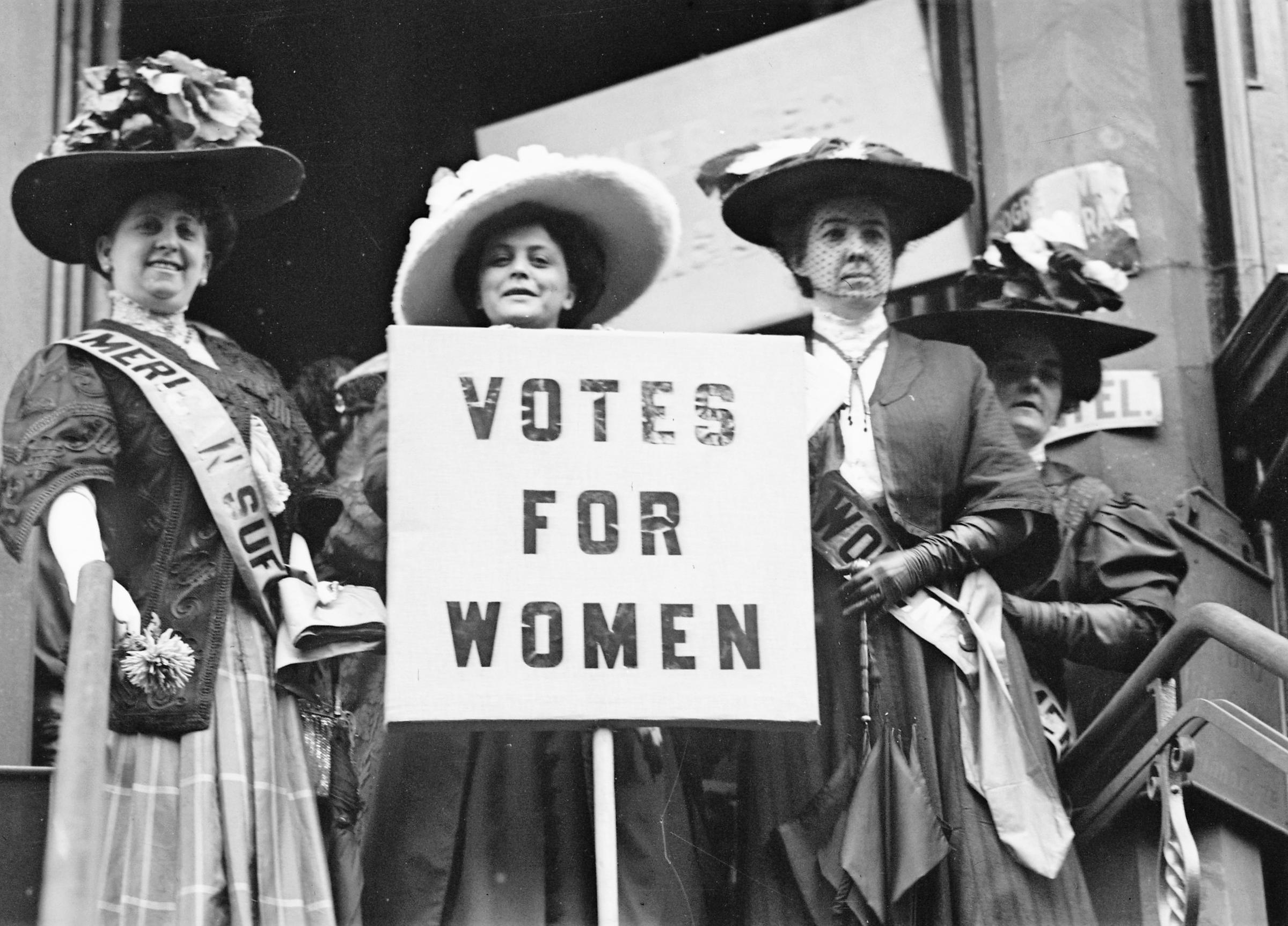- Abuse & The Abuser
- Achievement
- Activity, Fitness & Sport
- Aging & Maturity
- Altruism & Kindness
- Atrocities, Racism & Inequality
- Challenges & Pitfalls
- Choices & Decisions
- Communication Skills
- Crime & Punishment
- Dangerous Situations
- Dealing with Addictions
- Debatable Issues & Moral Questions
- Determination & Achievement
- Diet & Nutrition
- Employment & Career
- Ethical dilemmas
- Experience & Adventure
- Faith, Something to Believe in
- Fears & Phobias
- Friends & Acquaintances
- Habits. Good & Bad
- Honour & Respect
- Human Nature
- Image & Uniqueness
- Immediate Family Relations
- Influence & Negotiation
- Interdependence & Independence
- Life's Big Questions
- Love, Dating & Marriage
- Manners & Etiquette
- Money & Finances
- Moods & Emotions
- Other Beneficial Approaches
- Other Relationships
- Overall health
- Passions & Strengths
- Peace & Forgiveness
- Personal Change
- Personal Development
- Politics & Governance
- Positive & Negative Attitudes
- Rights & Freedom
- Self Harm & Self Sabotage
- Sexual Preferences
- Sexual Relations
- Sins
- Thanks & Gratitude
- The Legacy We Leave
- The Search for Happiness
- Time. Past, present & Future
- Today's World, Projecting Tomorrow
- Truth & Character
- Unattractive Qualities
- Wisdom & Knowledge
Happiness Tuesdays
The History of Women’s Suffrage in North America
Can you imagine a world where women are not allowed to vote in an election?
I most certainly cannot imagine it.
But the truth is that women’s rights - including women’s suffrage - have come a long way in the past century.
According to Wikipedia, women’s suffrage began to pick up some steam in the United States in the 1840s.
But it was not an easy battle to fight. It took until August 18, 1920 for the Nineteenth Amendment to become part of the U.S. Constitution.
That did not come without some battle scars for many women along the way. In fact, some of the pioneers of the women’s suffrage movement were arrested for their fight towards women’s right to vote.
It’s something that many of us take for granted today - but our rights and freedoms have come at a cost. It’s something that is important to remember because it is easy to take the apathetic route to voting.
Many people choose not to vote in elections. The stats show that in the last presidential election, roughly 66% of eligible voters turned out to the polls.
By all standards, 66% is a very good turn out. But think about it - that leaves 34% of eligible voters who chose not to vote. That’s 1 in 3 that did not vote.
It’s easy to get in the mindset that one vote doesn’t matter…but when 34% of eligible voters think that, it really starts to add up.
The next time there is an opportunity to vote, remember that your right to vote came at a price…a price that our ancestors in the last few centuries paid for you and I.
Interesting Fact #1
Susan B. Anthony (and 15 other women) voted illegally in the presidential election of 1872.
Interesting Fact #2
In 1851, Elizabeth Smith Miller of Geneva, New York debuted a radical new look: a knee-length skirt with full Turkish-style pantaloons gathered at the ankle. Amelia Jenks Bloomer, publisher of a trailblazing newspaper for women called The Lily, wrote articles about Miller’s outfit and printed illustrations of it. She even wore something similar herself and urged other women to shed their heavy, bulky hoop skirts in favor of the new style. In addition to revealing the fact that women actually had legs under their skirts (shocking!), the so-called “bloomers” made it easier for their wearers to get through doorways, onto carriages and trains and along rainy, muddy streets.
Interesting Fact #3
A woman ran for political office nearly 50 years before women got the vote.
Quote of the day
"The best protection a woman can have...is courage." -Elizabeth Cady Stanton
Article of the day - The Complex History of the Women’s Suffrage Movement
WASHINGTON — In the summer of 1919, shortly after Congress passed the 19th Amendment, the Smithsonian acquired a few relics from the nearly century-long struggle for women’s suffrage.
Susan B. Anthony’s red silk shawl and the table on which Elizabeth Cady Stanton had drafted the Declaration of Sentiments in 1848 were among the donated items. A year later, after the amendment was ratified by the states and became part of the Constitution, they were put on view along with some documents, teacups, brooches and other objects in a modest display bearing the offhand title “An Important Epoch in American History.”
Today, there’s a bit more excitement. The yearlong centennial of the 19th Amendment is being commemorated with exhibitions, parades, conferences and new historical markers across the country, many timed to various states’ ratifications of the amendment. And in Washington, three major exhibitions are now open at the National Portrait Gallery, the Library of Congress and the National Archives.
Together, these shows — all curated by women — make up one of the richest explorations of women’s history yet assembled in the capital, or anywhere else. But they also offer a lesson in the messiness, complexities and compromises involved in any movement for social change — and the fraught politics of historical memory itself.
A More Complex Struggle
For years, the drive for women’s suffrage was presented mainly as the story of middle-class white women and iconic national leaders like Anthony and Stanton. That story began with the Seneca Falls Convention in upstate New York in 1848 and ended with the triumphant adoption of the amendment on Aug. 26, 1920, which resulted in the single largest extension of democratic voting rights in American history.
But in recent decades scholars have taken a less top-down view, emphasizing the movement’s multiple starting points and patchwork progress through hundreds of state and local campaigns. They have also excavated the role of African-American women, who were largely excluded from the major, white-led suffrage organizations and marginalized in the early histories of the movement, if they were mentioned at all.
Even before the centennial year began, there have been tensions over who and what to celebrate — or even how to sum up the amendment’s significance.
Did it grant the vote to women? Not exactly. Before 1920, 15 states, mainly in the West, already had full female suffrage, while others granted women partial voting rights.
And after the amendment, which declared only that states could not discriminate in voting based on sex, millions of women of color were still barred from the polls. Most African-American women in the South, like African-American men, were blocked by poll taxes, literacy tests and other racial barriers, while Native Americans and Asian immigrants were largely excluded from citizenship entirely.
“It’s important to remember how piecemeal a struggle it was,” said Robyn Muncy, a historian at the University of Maryland, and one of the curators of the National Archives exhibition. “Seeing change as coming in one fell swoop undermines us as citizens, and gives us a false idea about the way change happens.”
A Dogged Fight for the Vote
The three exhibitions each aim to cover the whole story, but with subtly different emphases and timelines.
“Shall Not Be Denied: Women Fight for the Vote,” at the Library of Congress through September 2020, emphasizes the movement’s core narrative, from its beginnings in abolitionism to the campaigns of the 1910s, when suffragists became the first Americans to regularly protest outside the White House.
On view are items relating to key leaders, from Anthony’s annotated personal copy of Mary Wollstonecraft’s “A Vindication of the Rights of Woman” to the notebook in which Carrie Chapman Catt, Anthony’s successor as president of the National American Woman’s Suffrage Association, tracked the amendment’s state-by-state ratification in 1919-1920.
But the show also traces how the fight for suffrage became a mass movement in the early 20th century, advocated and advertised via sheet music, tote bags, buttons, souvenir fans, even suffrage cookbooks.
“That was one of the more fun things to research,” Janice Ruth, the lead curator, said in an interview. “It revealed their cleverness, astuteness and doggedness, along with the desire and need to raise money.”
Stories of African-American women and other women of color are woven into the narrative at the library. But the desire to tell a more inclusive story is front and center in “Votes for Women: A Portrait of Persistence,” at the National Portrait Gallery until Jan. 5, 2020.
The exhibition is a sprawling consideration of more than a century of history, but its core is an assemblage of portraits of nearly 60 named women’s rights activists, a third of whom are women of color. To assemble the group, the gallery had to reach beyond its own collections, which are disproportionately white and male. (It’s a bias the gallery is trying to counter with a policy requiring that half of all new acquisitions diversify the collection in some way.)
Small portraits of Anthony and Stanton are in a central case in the main gallery, along with a portrait of Sojourner Truth. Yet equal weight is given to the lesser-known women lining the walls, like the African-American poet and activist Frances Ellen Watkins Harper, who at an 1866 meeting of the National Women’s Rights Convention, rose to challenge Stanton and Anthony, who later opposed the 15th Amendment, which enfranchised black men but omitted women.
“I do not believe that giving the woman the ballot is immediately going to cure all the ills of life,” Harper declared.
This exhibition, part of the Smithsonian’s American Women’s History Initiative, emphasizes that it took the Voting Rights Act of 1965 to make the promise of the 19th Amendment a reality for African-American women.
That law “is the true conclusion,” said Kate Lemay, the exhibition’s curator. “You can’t think of women’s rights and say, ‘The 19th Amendment, the end!’”
Unequal Progress
The piecemeal, partial progress of women’s suffrage history is also emphasized in “Rightfully Hers: American Women and the Vote,” at the National Archives through Jan. 3, 2021. It’s embodied vividly in one of the odder items on view: 1910 patent drawings for a Rube Goldberg-like voting booth with separate entrances for men and women, which displayed different ballots according to which entrance was used, so that women in states with partial suffrage could only vote in certain contests.
The exhibition, which Dr. Muncy curated with Corinne Porter, a National Archives curator, makes clear how that earlier voting by women mattered politically, giving steam to the movement. As women gained votes in more states, support for the 19th Amendment grew in Congress.
But the show does not neglect fractures within the movement. A wall mural about the 1913 Women’s Suffrage Parade, sometimes called the first peaceful march on Washington, relates how the journalist and suffrage advocate Ida B. Wells famously defied the organizers’ demand that black women march in the back.
And it also highlights figures like Marie Louise Bottineau Baldwin, a Chippewa law student who marched in the Washington parade, and Mabel Ping-Hua Lee, a Chinese immigrant who as a teenager helped lead a 1912 suffrage parade in New York on horseback, despite being ineligible for citizenship under the Chinese Exclusion Act. (The act was repealed in 1943.)
Like the others, the National Archive show covers some little-known chapters in suffrage history, such as the case of Puerto Rico, which, as a territory, was not covered by the 19th Amendment. Its government remained free to discriminate on the basis of sex, which it did, waiting until 1929 to enfranchise literate women — and until 1935 for all women.
An Unfinished Struggle?
Each show cites different starting points for the suffrage movement, which has been a source of debate among scholars. They also have different solutions to an even more fraught problem, given today’s polarized political climate: how to end?
The Library of Congress show concludes with a six-minute video showing clips of a carefully bipartisan selection of female political “firsts,” including Shirley Chisholm (the first African-American woman in Congress), Geraldine Ferraro (first female vice-presidential candidate) and Sarah Palin (first female Republican vice-presidential nominee).
The portrait gallery takes a more citizen’s-eye view, ending with a portrait of the civil rights activist Fannie Lou Hamer, opposite a QR code that lets visitors to connect via smartphone to online information about voter registration.
At the National Archives, the curators push the farthest into the present, touching on issues about access and equality that remain raw and unsettled today.
There is discussion of the 1975 amendment to the Voting Rights Act requiring that ballots be offered in languages other than English. And there’s a display highlighting Ruth Bader Ginsburg’s scathing dissent in the 2013 Supreme Court decision Shelby County v. Holder, which invalidated central portions of the act.
Dr. Muncy said it was important to see the 19th Amendment not as a triumphant culmination, but one landmark in a struggle for equal rights for all citizens that isn’t over yet.
“Today, there are actions both to expand and to limit the franchise at the state level everywhere,” she said. “That is part of the story of women’s suffrage too.”
Question of the day - Have you ever chosen not to vote in an election? Why?
Rights & Freedom
Have you ever chosen not to vote in an election? Why?










